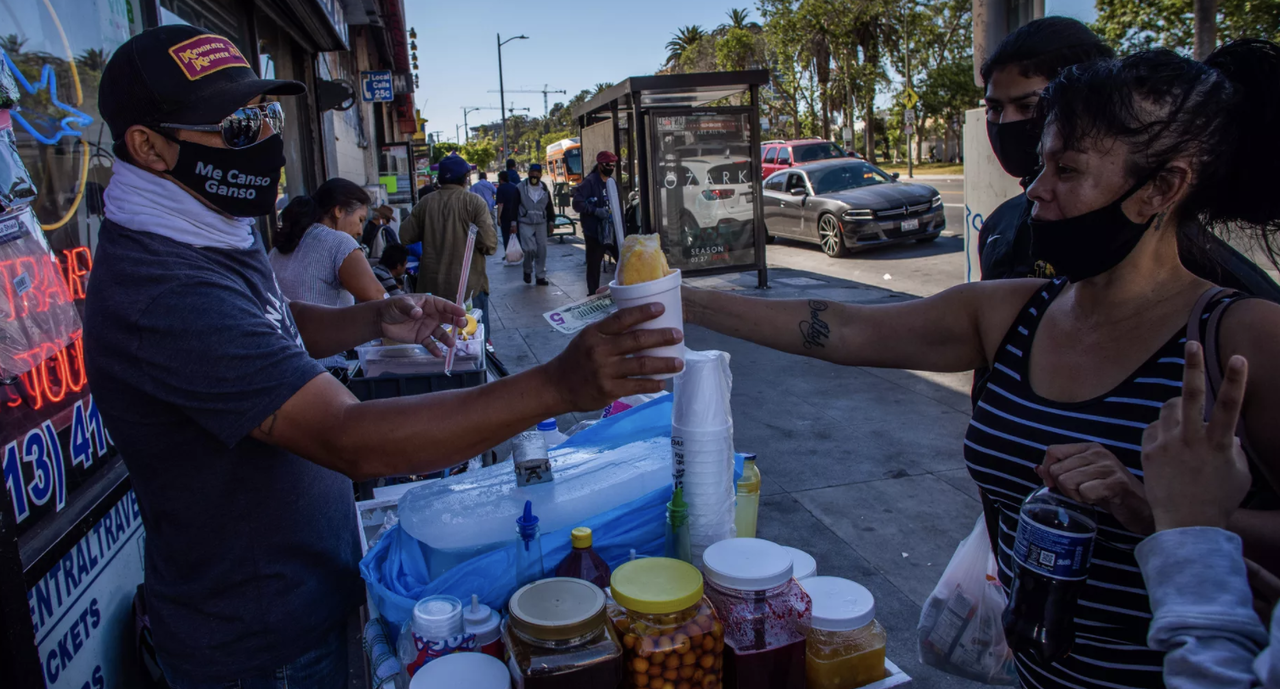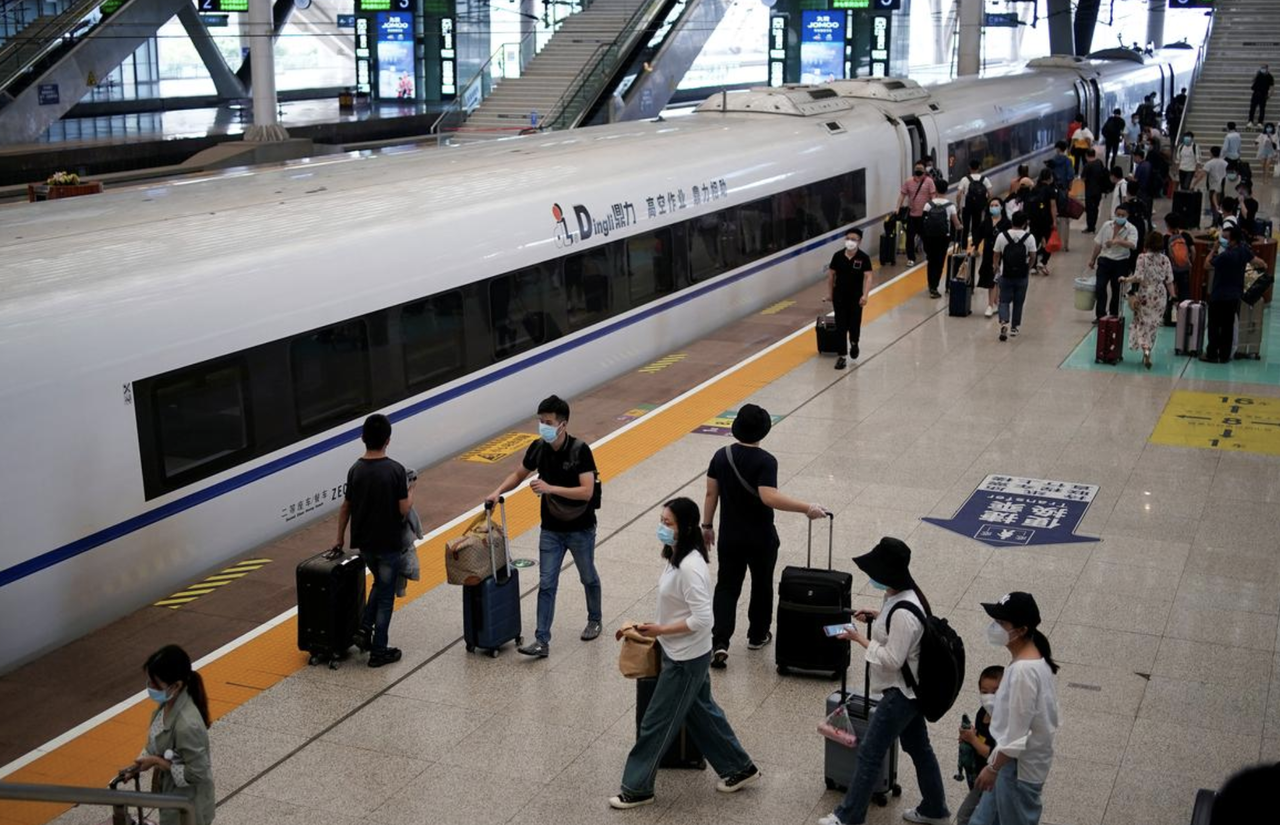New York Daily Deaths Drop Below 100 For First Time Since March: Live Updates
Tyler Durden
Sat, 05/23/2020 – 12:26
Summary:
- WaPo cites study claiming 24 states at risk for ‘second wave’
- PM Johnson pressured to fire top advisor for ‘violating’ quarantine rules
- Japan to completely lift state of emergency nationwide on Monday
- Cali court upholds state order to close churches
- New York reports fewer than 100 deaths for 1st time since March
- Nearly 9% of prisoners in Michigan test positive
* * *
We begin what looks to be a dreary Memorial Day Weekend with a new study amplified by the Washington Post claiming that roughly half of US states actually remain at risk for a serious rebound, as critics seize on the jump in new cases seen in Texas as justification that the state re-opened too early, even as the measures remain broadly popular within the state.
Georgia, too, has largely avoided the disastrous consequences promised by Dr. Fauci and many of the doctors and scientists regularly appearing as ‘independent analysts’ on MSNBC and CNN (while the doctors and scientists on Fox News largely praised what has turned out to be a winning political gamble by Georgia Gov. Brian Kemp.
A new model produced by researchers at Imperial College London estimated that the “R” figure – an estimate of the rate at which the virus is spreading in a given county or state – is above 1 (meaning the virus is still expanding) in 24 states. As some might remember, Imperial College’s models have already been proven to be flawed (not just incorrect, but critics have taken issue with certain parameters they argued were unrealistic).
Even WaPo acknowledges that the risk of a second wave of infections projected by the model fails to factor in social distancing, the wearing of masks, and other factors that might impact the spread of the virus. As Nicolas Kristof said earlier this week, “epidemiology is full of puzzles”.
In New York, Gov Cuomo announced during Saturday’s press briefing…
Holding a briefing with updates on #Coronavirus. Watch Live: https://t.co/6om3Qm8ZCA
— Andrew Cuomo (@NYGovCuomo) May 23, 2020
https://platform.twitter.com/widgets.js
…that for the first time since March, his state has reported fewer than 100 virus-linked deaths, with 84 confirmed over the last 24 hours. That’s compared with 109 yesterday, as hospitalizations and ICU admissions also continued to decline.
“It’s a sign we’re making real progress and I feel good about that,” Mr Cuomo said, adding that earlier in the crisis a doctor had told him “if you can get under 100, I think you can breathe a sigh of relief.”
Over in the UK, where lockdowns have been much more strictly enforced than in the US, PM Boris Johnson is facing pressure to fire one of his most trusted advisors, Dominic Cummings, after Cummings purportedly violated the lockdown rules (according to reports in the famously pugnacious British tabloid press) to visit his parents. Cummings insists that he acted “reasonably” and didn’t violate the rules.
With Japan’s state of emergency nearing its end as the number of new coronavirus cases dwindles to mere dozens per day, scientists are wondering how PM Shinzo Abe managed to reap so much success with so littler effort. After imposing the order months after the rest of the US, Europe and China, Japan’s “State of Emergency” was always fairly lax since the constitution can’t prohibit businesses from operating or Japanese people from leaving their homes.
According to Japanese media reports, Abe is planning to lift the last remnants of his state of emergency order, which mostly affected the country’s worst-hit areas like Tokyo and nearby prefectures, as well as Hokkaido.
Per the Japan Times:
After observing the situation over the weekend and hearing opinions from health experts, Prime Minister Shinzo Abe will formally decide what to do with the emergency for Tokyo and Hokkaido, as well as Kanagawa, Chiba and Saitama prefectures, the last remaining areas under the measure among the country’s 47 prefectures, officials said Friday.
As a reminder, here’s how Japan’s approach compared with the US and Europe:
No restrictions were placed on residents’ movements, and businesses from restaurants to hairdressers stayed open. And even as nations were exhorted to “test, test, test,” Japan has tested just 0.2% of its population — one of the lowest rates among developed countries. Yet the curve has been flattened, with deaths well below 1,000, by far the fewest among the G7 nations. While the possibility of a more severe second wave is ever-present, Japan is set to leave its emergency in just weeks, and likely to exit completely as early as Monday.
As Japan prepares to exit its state of emergency and shift its focus to reviving its moribund economy and preparing for next year;s “2020 Games”, China reportedly confirmed zero new coronavirus cases for the entire mainland yesterday, according to data released Saturday morning in Beijing. This is the first time the country hasn’t reported a single new case – foreign or domestically infected – since the beginning of the outbreak.
Meanwhile, officials in Wuhan told Reuters that the CCP had conducted 1.5 million coronavirus tests on Friday, a staggering number, putting the city well on its way to testing all 11 million residents over an outbreak that local officials insist involved just 6 cases.
As we noted yesterday, Brazil is now home to the second-largest outbreak besides the US, though, given the lax containment measures applied across the country and the fact that testing is only just ramping up, many suspect that the real total probably is far higher than that of the US.
In the latest sign of just how devastating the outbreak has become in Brazil, where health-care resources are being increasingly stretched, and in some areas – particularly in Amazonas, where reports of mass graves and corpses languishing in homes and on sidewalks have made their way into the western press, just like the stories of the dead bodies littering the streets in parts of Ecuador.
One indication of just how widespread the virus has already become in Brazil is the surprising number of young, healthy people who are experiencing severe symptoms requiring hospitalization, and often resulting in death.
Circling back to the US, as President Trump called for all states to immediately allow the resumption of church services, a federal appeals court on Friday declined to lift California Gov. Gavin Newsom’s temporary restrictions on in-person church services during the coronavirus pandemic, with the court ruling they did not selectively target religious activities. We suspect a more conservative federal judge will reverse this ruling somewhere along the line.
As we also reported yesterday, Dr. Birx said the Washington DC metro area has the highest rate of infected people in the country, the latest example of how the coronavirus can be confusing. Washington DC and the surrounding area have imposed some of the tightest and longest restrictions in the entire country, yet the rate remains the highest, much lower than the rate in Georgia, which has aggressively reopened.
District of Columbia (including northern #Virginia and two #Maryland counties) is the top metro area hot spot, according to Dr. Birx. Also concerned about Chicago.
— Steve Herman (@W7VOA) May 22, 2020
https://platform.twitter.com/widgets.js
“A dramatic decline across the states” in percent positive per state, says Dr. Birx. #CoronavirusUSA pic.twitter.com/qTWnkLepxc
— Steve Herman (@W7VOA) May 22, 2020
https://platform.twitter.com/widgets.js
The coach of Georgetown men’s basketball team, Patrick Ewing, has tested positive for the virus, the schools said.
Finally, in Michigan, nearly 9% of prisoners in the state DoC system have tested positive for the virus already, with thousands of tests waiting to process.
![]()
Zero Hedge’s mission is to widen the scope of financial, economic and political information available to the professional investing public, to skeptically examine and, where necessary, attack the flaccid institution that financial journalism has become, to liberate oppressed knowledge, to provide analysis uninhibited by political constraint and to facilitate information’s unending quest for freedom. Visit https://www.zerohedge.com


